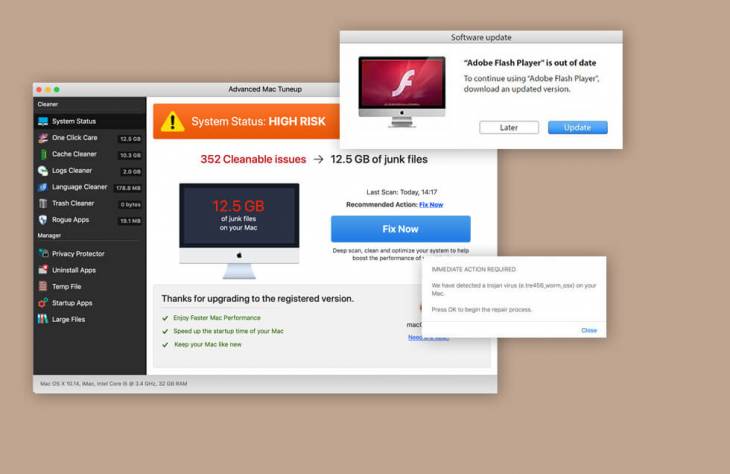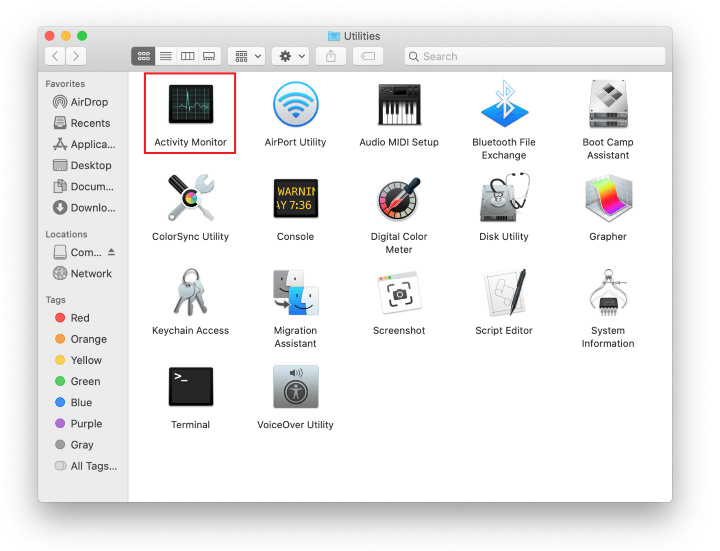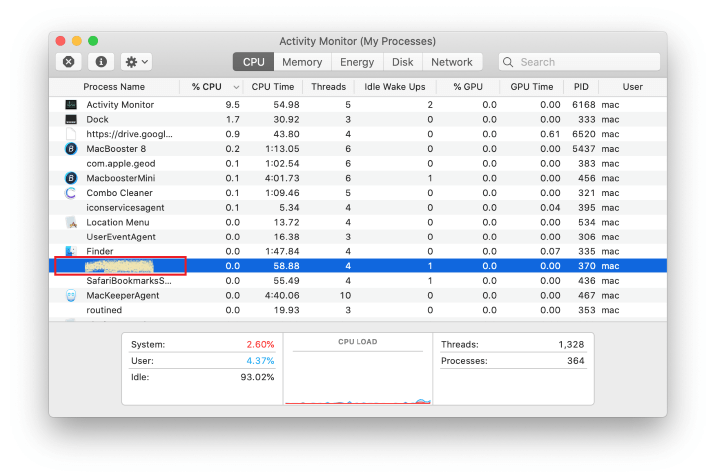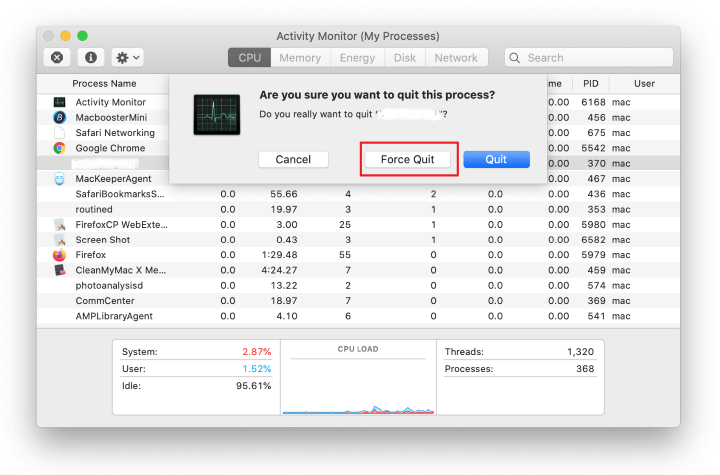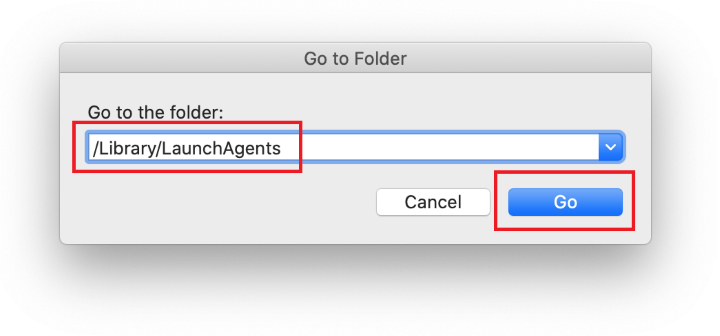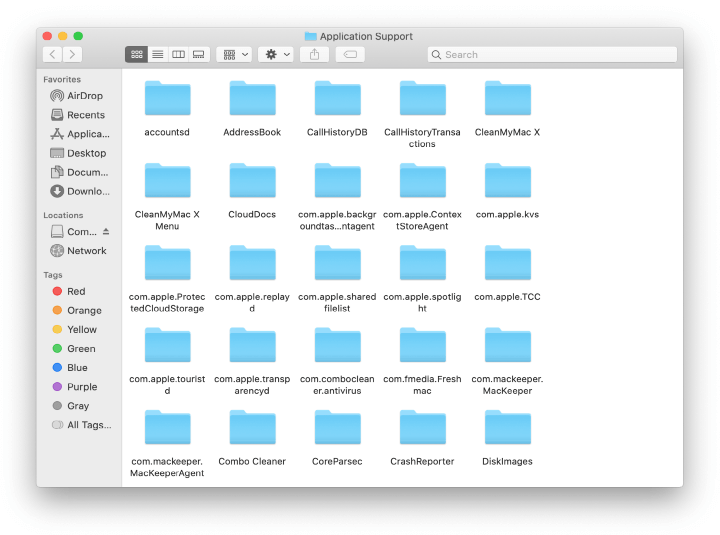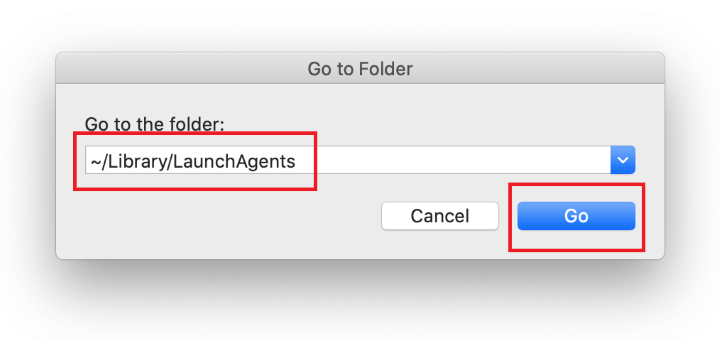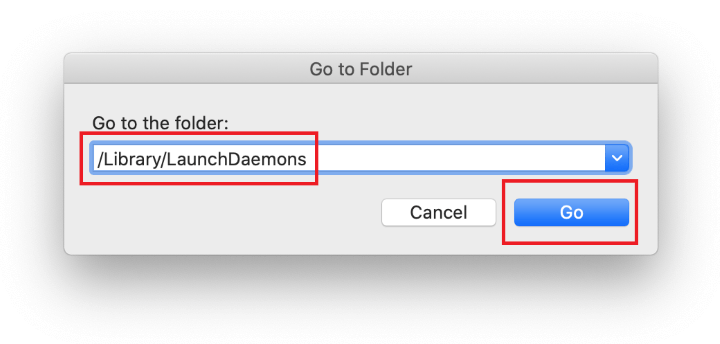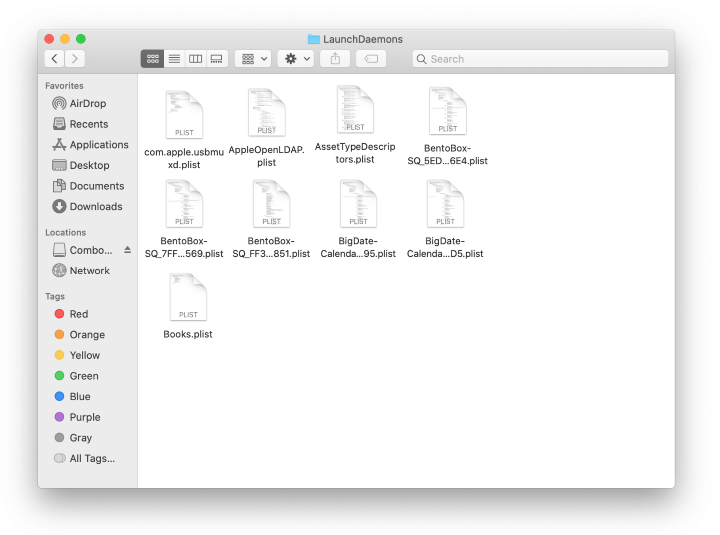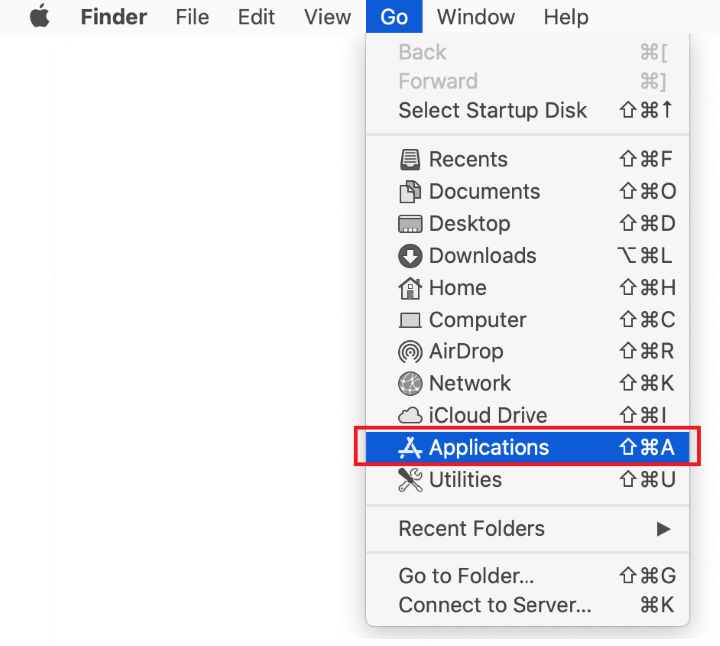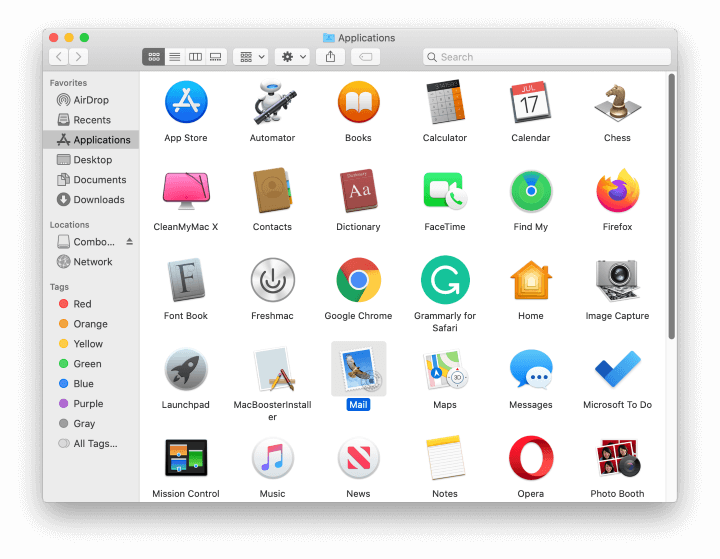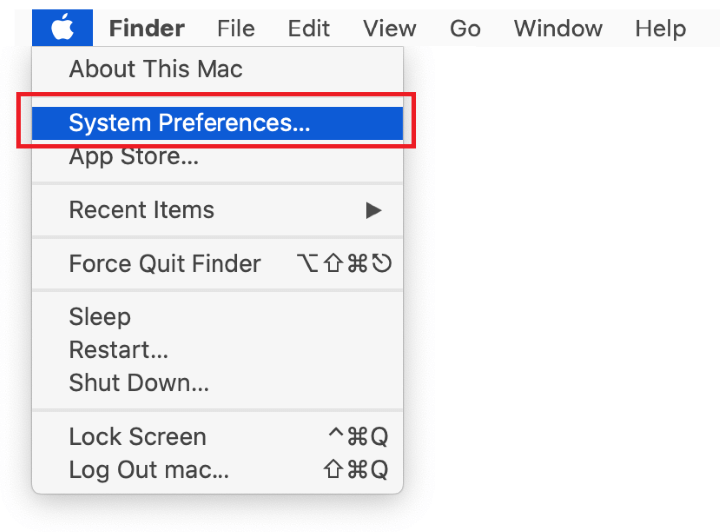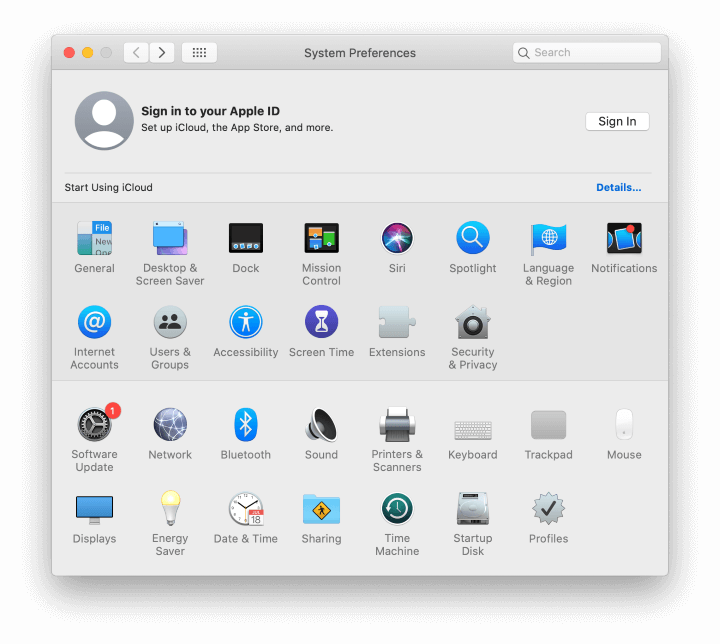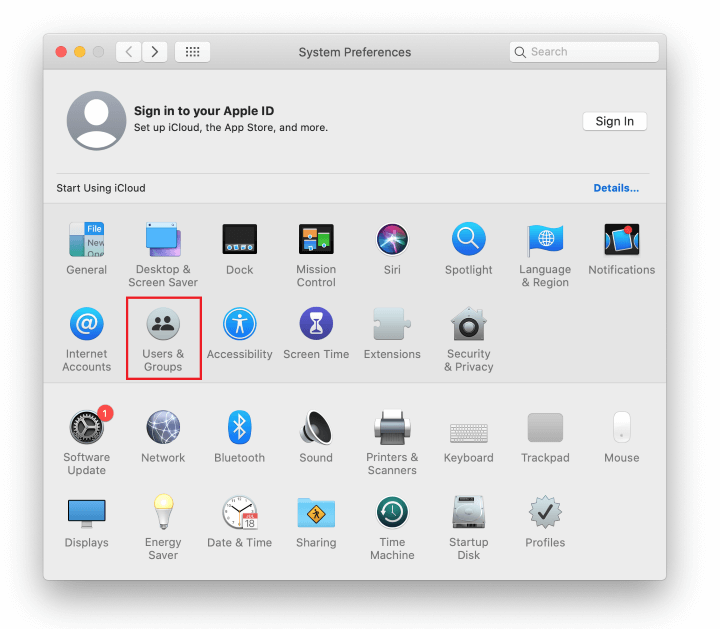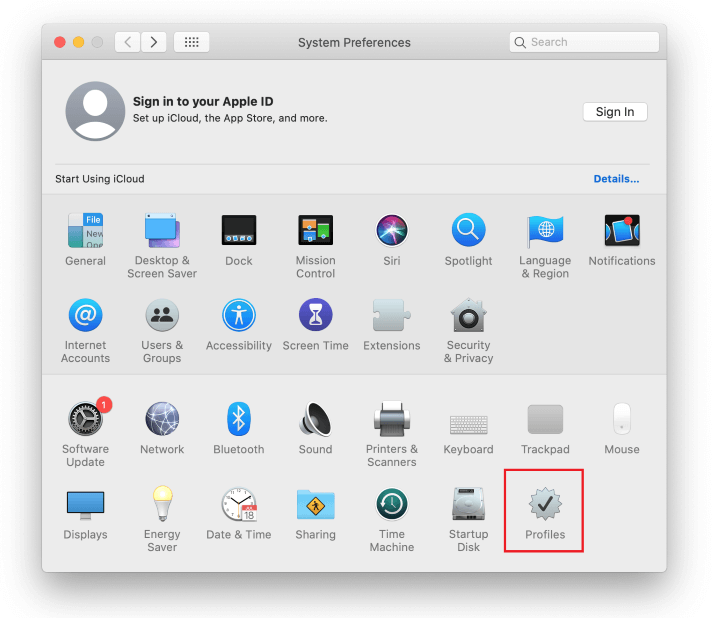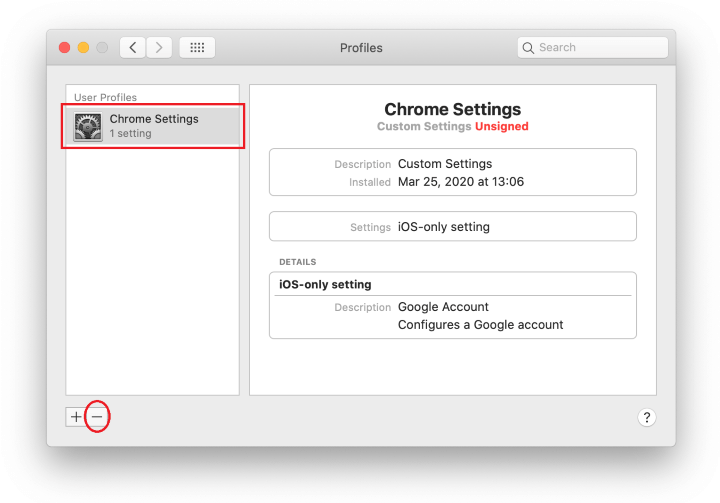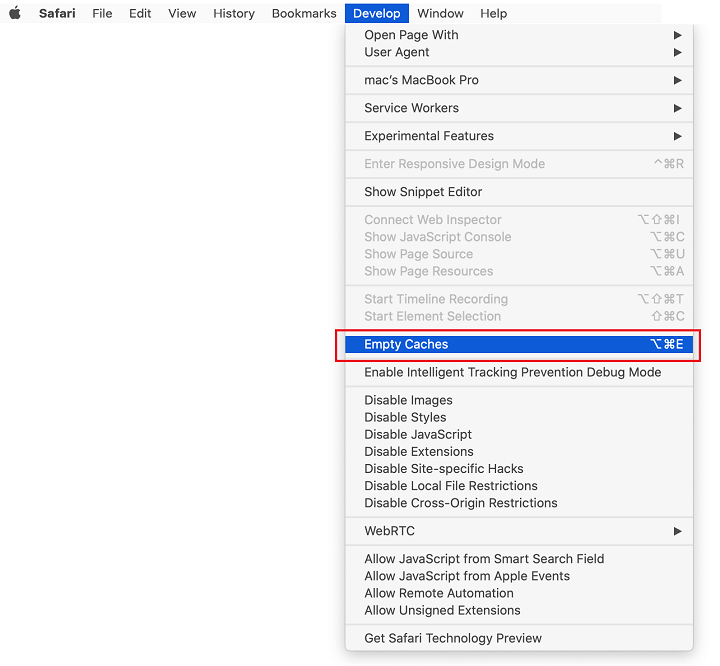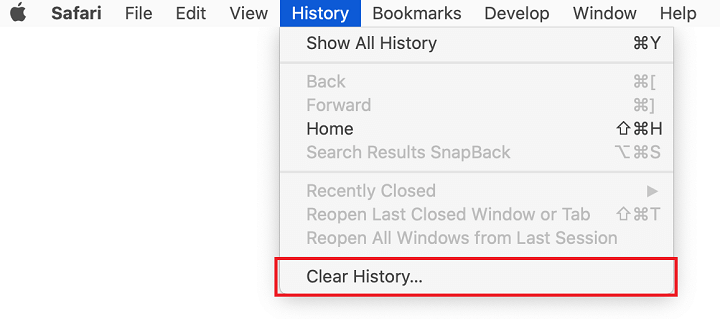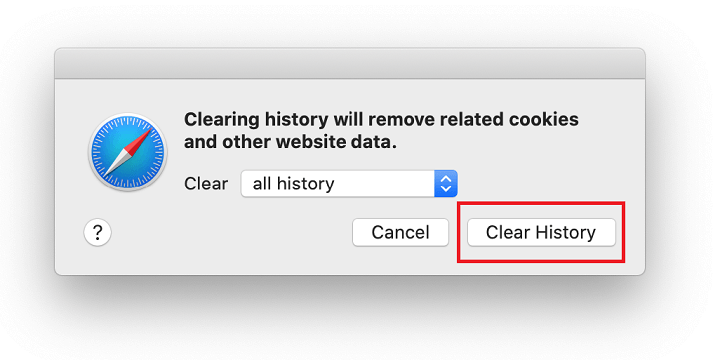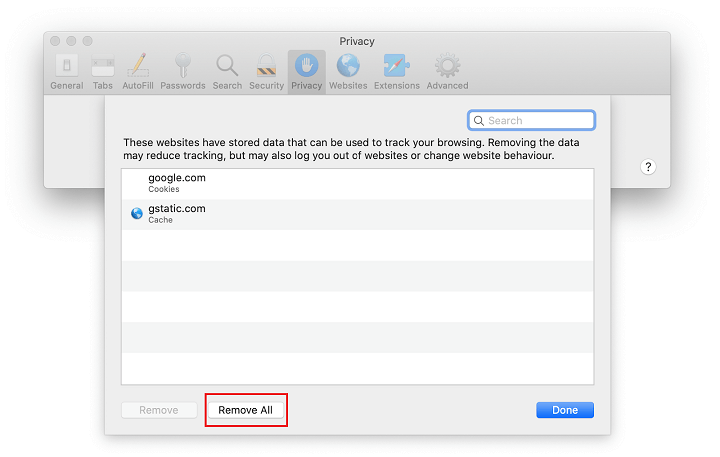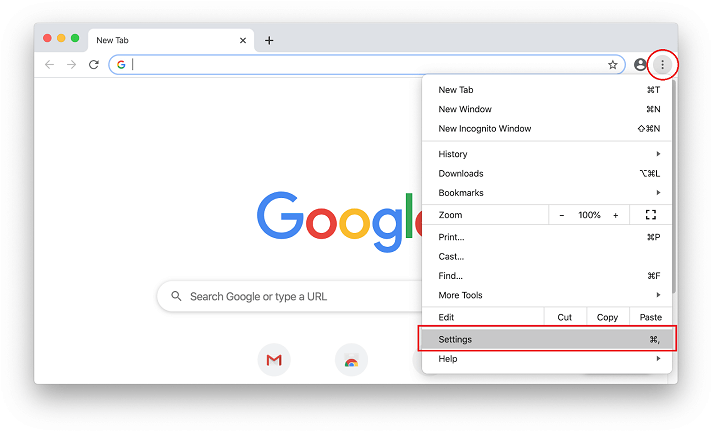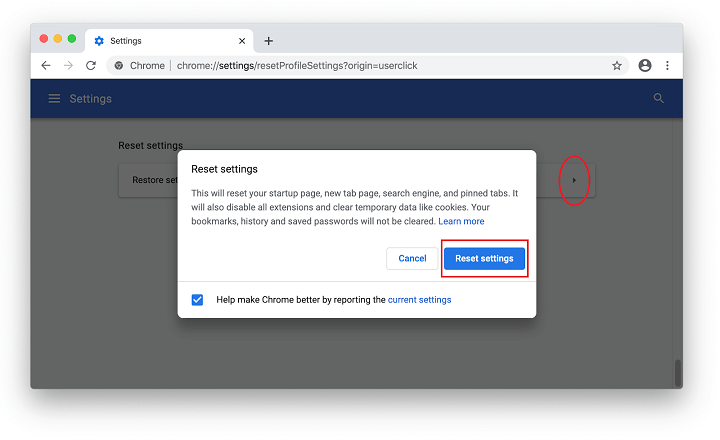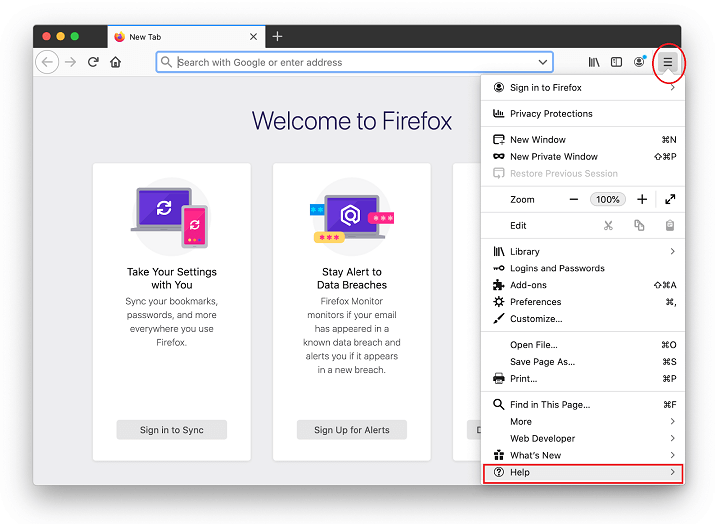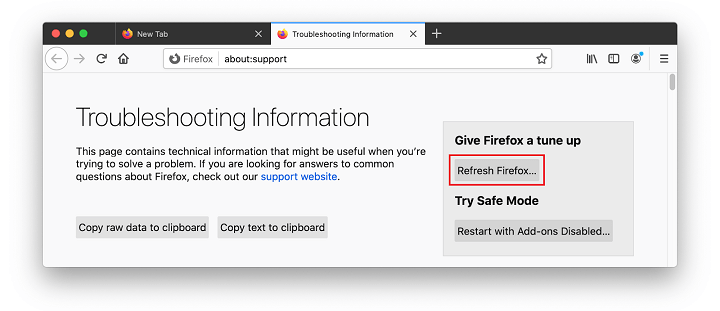Advanced Mac Tuneup virus removal is an urgent priority if it has surreptitiously infiltrated a Mac to flood it with incessant fake scans and popup alerts.
Advanced Mac Tuneup is a fake optimization tool that claims to upscale the system performance by turning a badly cluttered Mac into a healthy machine in a snap. To pressure the user into falling for its purported usefulness, it concocts system scan results that say the computer’s condition is highly unsatisfactory. These spoofed reports are combined with deceptive follow-up popup alerts that further dramatize the predicament to make the victim slip up and plunge headlong into making a hasty decision. The scareware’s ultimate goal is to get paid for its purported cleaning services that are just as fictitious as the issues listed in its warning screens.
As if this hypocrisy weren’t enough, Advanced Mac Tuneup additionally hijacks web browsers and sends the traffic to malicious sites riddled with bogus virus alerts. Obviously, no sane person will endure such an outrageous intrusion upon their digital well-being. When trying to uninstall this nasty, though, victims bump into roadblocks that make their attempts futile. The impostor app is a crafty adversary, but luckily, its persistence isn’t that hard to overcome – the tips and tricks will be provided further down.

At first blush, Advanced Mac Tuneup treacherously looks like your garden-variety performance booster. Its user interface is nothing out of the ordinary and some users may even find it streamlined to an extent. The feature set is classic as for the type of software this tool tries to impersonate. It is split into two categories: Cleaner and Manager. The former claims to deliver the essential instruments to tidy up the system by purging it of junk such as cache, logs, unused languages, trash, and rogue apps. The latter seems particularly sarcastic because Advanced Mac Tuneup completely fits the mold of a rogue program itself. By the way, this particular feature was missing in the original version of the scareware and was added to the sidebar later on, so its authors must have a skewed sense of humor, really.
The features listed in the Manager subsection are fairly vanilla and reminiscent of the usual kit supposedly provided by other Mac pseudo-optimizers such as Advanced Mac Cleaner and Mac Cleanup Pro. Rather than help protect the user’s privacy, uninstall apps, erase temporary files, manage startup items, and pinpoint large files, these components are there just for show. When the scareware runs a system scan and generates a report, it mimics issues in these multiple areas to give the victim a false sense of confidence that the program is effective and trustworthy. Speaking of which, the scans will be returning the “System Status: High Risk” verdict off and on, even if the Mac is brand-new and clearly not inundated with junk files, memory hogs, or privacy issues. According to these scary results that look like a carbon copy of one another, the performance improvement potential is flagged “severe”. The disk space that can allegedly be released reaches gigabytes, and on top of that, the rogue program claims to find critical misconfigurations that affect the Mac. Predictably enough, the vast majority of these bugs and clutter aren’t there for real.
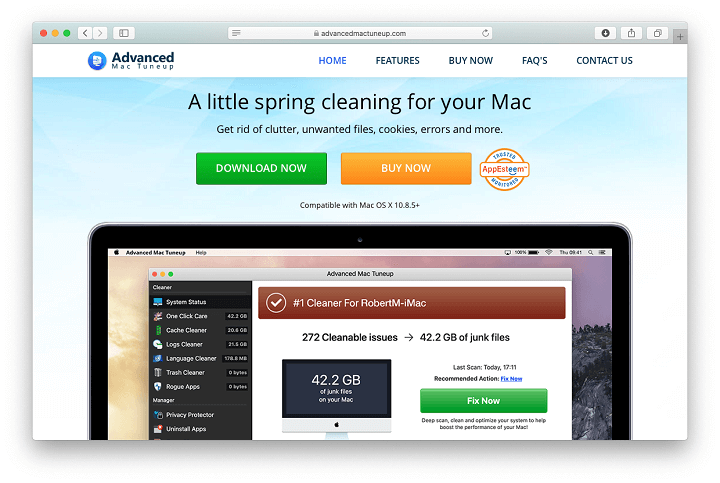
Aside from the nefarious brainwashing tactic, Advanced Mac Tuneup takes a sketchy route when it comes to the distribution. In most cases, it arrives with phony Adobe Flash Player updates promoted on scores of malicious and hacked websites. The driving force of this hoax is a combo of popups that haunt users with misleading recommendations to download and install the newest version of the Flash Player, otherwise different types of online multimedia content won’t be accessible. These dubious installers are actually bundles of several applications. Advanced Mac Tuneup virus is one of these extras hidden in plain sight. Whereas avoiding this peril is as easy as deselecting the “express” installation option and then unchecking the bundled entities, most people go with the flow and get ambushed.
As stated above, the Advanced Mac Tuneup attack makes itself felt at the browser level as well. It adds an invasive extension to Safari, Google Chrome, or Mozilla Firefox. The add-on maintains control of the web surfing preferences, including the homepage and default search settings. Once this change takes effect, the victim will be redirected to the scareware’s checkout page, sites rendering fabricated instances of malware detection, or search engine copycats that redistribute the captured web traffic to earn its operators some revenue. All in all, this is a multi-pronged onslaught that impacts the Mac from different angles. The imitation cleaner portrays itself as a professional all-in-one performance enhancement tool but turns out to be a dummy app with hardly any real optimization capability behind it. The following steps will help you remove Advanced Mac Tuneup and remediate the unwanted changes it has called forth.
Advanced Mac Tuneup virus manual removal for Mac
The steps listed below will walk you through the removal of this malicious application. Be sure to follow the instructions in the specified order.
- Expand the Go menu in your Mac’s Finder bar and select Utilities as shown below.

- Locate the Activity Monitor icon on the Utilities screen and double-click on it.

- In the Activity Monitor app, look for a process that appears suspicious. To narrow down your search, focus on unfamiliar resource-intensive entries on the list. Keep in mind that its name isn’t necessarily related to the way the threat is manifesting itself, so you’ll need to trust your own judgement. If you pinpoint the culprit, select it and click on the Stop icon in the upper left-hand corner of the screen.

- When a follow-up dialog pops up asking if you are sure you want to quit the troublemaking process, select the Force Quit option.

- Click on the Go menu icon in the Finder again and select Go to Folder. You can as well use the Command-Shift-G keyboard shortcut.

- Type /Library/LaunchAgents in the folder search dialog and click on the Go button.

- Examine the contents of the LaunchAgents folder for dubious-looking items. Be advised that the names of files spawned by malware may give no clear clues that they are malicious, so you should look for recently added entities that appear to deviate from the norm.
As an illustration, here are several examples of LaunchAgents related to mainstream Mac infections: com.pcv.hlpramc.plist, com.updater.mcy.plist, com.avickUpd.plist, and com.msp.agent.plist. If you spot files that don’t belong on the list, go ahead and drag them to the Trash.

- Use the Go to Folder lookup feature again to navigate to the folder named ~/Library/Application Support (note the tilde symbol prepended to the path).

- When the Application Support directory is opened, identify recently generated suspicious folders in it and send them to the Trash. A quick tip is to look for items whose names have nothing to do with Apple products or apps you knowingly installed. A few examples of known-malicious folder names are IdeaShared, ForwardOpen and ExtraBrowser.

- Enter ~/Library/LaunchAgents string (don’t forget to include the tilde character) in the Go to Folder search area.

- The system will display LaunchAgents residing in the current user’s Home directory. Look for dodgy items related to Advanced Mac Tuneup virus (see logic highlighted in subsections above) and drag the suspects to the Trash.

- Type /Library/LaunchDaemons in the Go to Folder search field.

- In the LaunchDaemons path, try to pinpoint the files the malware is using for persistence. Several examples of such items cropped by Mac infections are com.pplauncher.plist, com.startup.plist, and com.ExpertModuleSearchDaemon.plist. Delete the sketchy files immediately.

- Click on the Go menu icon in your Mac’s Finder and select Applications on the list.

- Find the entry for an app that clearly doesn’t belong there and move it to the Trash. If this action requires your admin password for confirmation, go ahead and enter it.

- Expand the Apple menu and select System Preferences.


- Proceed to Users & Groups and click on the Login Items tab.
The system will display the list of items launched when the computer is starting up. Locate Advanced Mac Tuneup or another potentially unwanted app there and click on the “-” (minus) button.

- Now select Profiles under System Preferences. Look for a malicious item in the left-hand sidebar. Several examples of configuration profiles created by Mac adware include TechSignalSearch, MainSearchPlatform, AdminPrefs, and Chrome Settings. Select the offending entity and click on the minus sign at the bottom to eliminate it.

If your Mac has been infiltrated by adware, the infection will most likely continue to hold sway over your default web browser even after you remove the underlying application along with its components sprinkled around the system. Use the browser cleanup instructions below to address the remaining consequences of this attack.
Get rid of Advanced Mac Tuneup virus in web browser on Mac
To begin with, the web browser settings taken over by the Advanced Mac Tuneup virus should be restored to their default values. Although this will clear most of your customizations, web surfing history, and all temporary data stored by websites, the malicious interference should be terminated likewise. The overview of the steps for completing this procedure is as follows:
- Remove Advanced Mac Tuneup virus from Safari
- Open the browser and go to Safari menu. Select Preferences in the drop-down list.

- Once the Preferences screen appears, click on the Advanced tab and enable the option saying “Show Develop menu in menu bar”.

- Now that the Develop entry has been added to the Safari menu, expand it and click on Empty Caches.

- Now select History in the Safari menu and click on Clear History in the drop-down list.

- Safari will display a dialog asking you to specify the period of time this action will apply to. Select all history to ensure a maximum effect. Click on the Clear History button to confirm and exit.

- Go back to the Safari Preferences and hit the Privacy tab at the top. Find the option that says Manage Website Data and click on it.

- The browser will display a follow-up screen listing the websites that have stored data about your Internet activities. This dialog additionally includes a brief description of what the removal does: you may be logged out of some services and encounter other changes of website behavior after the procedure. If you’re okay with that, go ahead and click on the Remove All button.

- Restart Safari
- Open the browser and go to Safari menu. Select Preferences in the drop-down list.
- Remove Advanced Mac Tuneup in Google Chrome
- Open Chrome, click the Customize and control Google Chrome (⁝) icon in the top right-hand part of the window, and select Settings in the drop-down

- When on the Settings pane, select Advanced
- Scroll down to the Reset settings section.

- Confirm the Chrome reset on a dialog that will pop up. When the procedure is completed, relaunch the browser and check it for malware activity.

- Open Chrome, click the Customize and control Google Chrome (⁝) icon in the top right-hand part of the window, and select Settings in the drop-down
- Remove Advanced Mac Tuneup from Mozilla Firefox
- Open Firefox and go to Help – Troubleshooting Information (or type about:support in the URL bar and press Enter).


- When on the Troubleshooting Information screen, click on the Refresh Firefox button.

- Confirm the intended changes and restart Firefox.
- Open Firefox and go to Help – Troubleshooting Information (or type about:support in the URL bar and press Enter).
Get rid of Advanced Mac Tuneup virus using Combo Cleaner removal tool
The Mac maintenance and security app called Combo Cleaner is a one-stop tool to detect and remove Advanced Mac Tuneup virus. This technique has substantial benefits over manual cleanup, because the utility gets hourly virus definition updates and can accurately spot even the newest Mac infections.
Furthermore, the automatic solution will find the core files of the malware deep down the system structure, which might otherwise be a challenge to locate. Here’s a walkthrough to sort out the Advanced Mac Tuneup issue using Combo Cleaner:
- Download Combo Cleaner installer. When done, double-click the combocleaner.dmg file and follow the prompts to install the tool onto your Mac.
By downloading any applications recommended on this website you agree to our Terms and Conditions and Privacy Policy. The free scanner checks whether your Mac is infected. To get rid of malware, you need to purchase the Premium version of Combo Cleaner.
- Open the app from your Launchpad and let it run an update of the malware signature database to make sure it can identify the latest threats.
- Click the Start Combo Scan button to check your Mac for malicious activity as well as performance issues.

- Examine the scan results. If the report says “No Threats”, then you are on the right track with the manual cleaning and can safely proceed to tidy up the web browser that may continue to act up due to the after-effects of the malware attack (see instructions above).

- In case Combo Cleaner has detected malicious code, click the Remove Selected Items button and have the utility remove Advanced Mac Tuneup threat along with any other viruses, PUPs (potentially unwanted programs), or junk files that don’t belong on your Mac.

- Once you have made doubly sure that the malicious app is uninstalled, the browser-level troubleshooting might still be on your to-do list. If your preferred browser is affected, resort to the previous section of this tutorial to revert to hassle-free web surfing.
